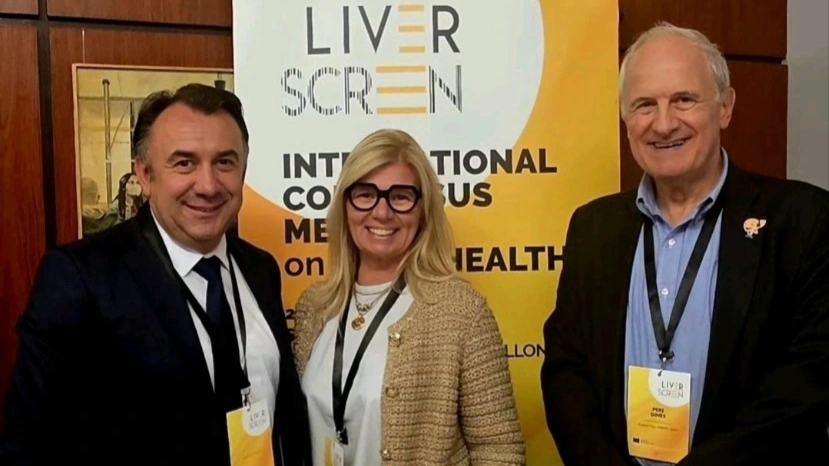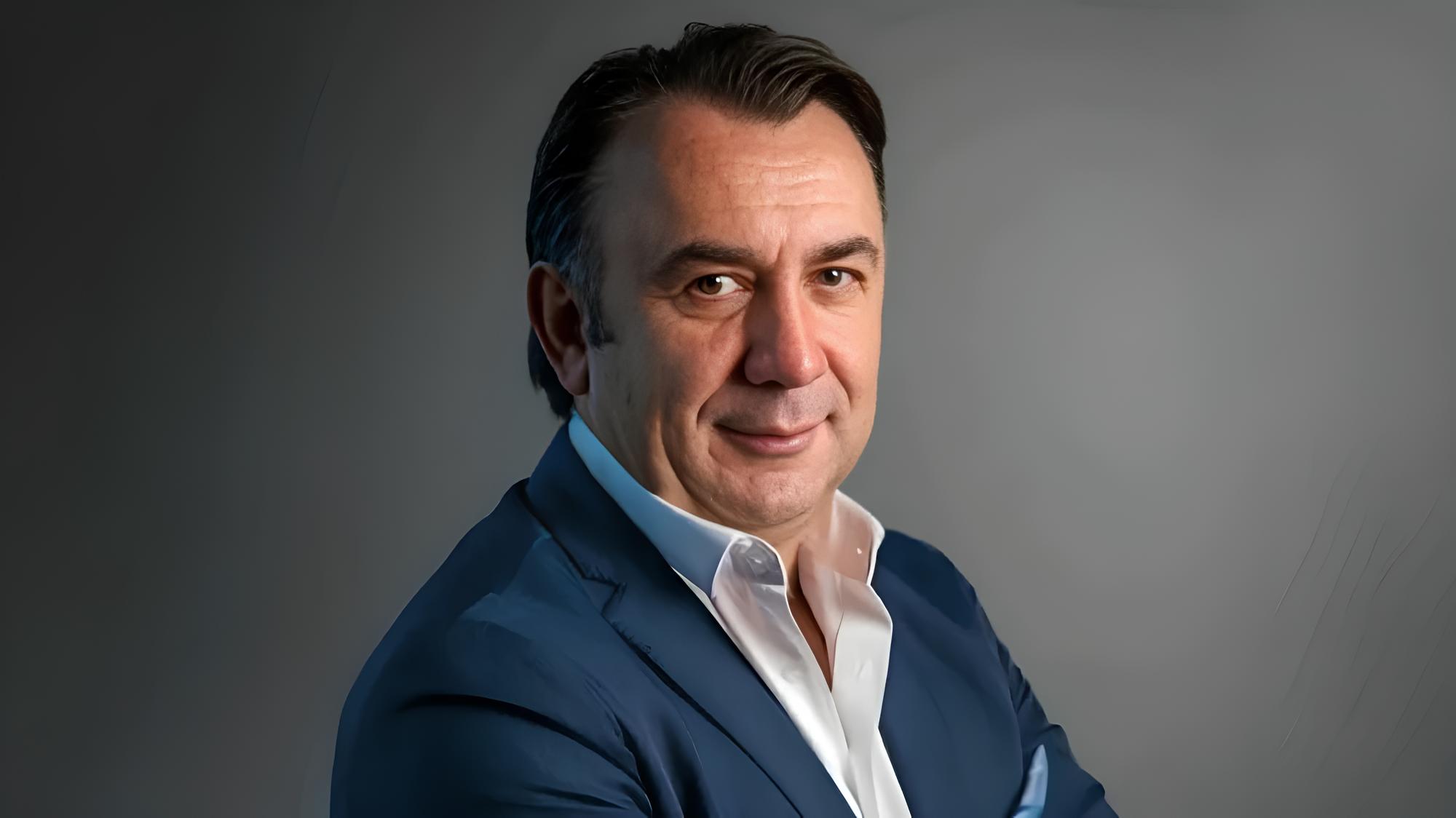Milan Mishkovikj, Vice-President, Program Manager, and Volunteer at Hepar Centar Bitola, and Board Director at ELPA, shared some insights on Liver Disease Awareness in Europe:
“Ongoing Pandemic of Liver Diseases in Europe – The Most Expensive Silence in Healthcare
When the Healthcare System Is Silent, Patients Pay the Highest Price
Today in Europe, millions of people live with liver diseases – and many don’t know it, nor feel that something is wrong.
This ongoing pandemic of liver diseases, linked with obesity, diabetes, cardiovascular, and cerebrovascular conditions, represents one of the largest and most overlooked public health threats of the 21st century.
This is not a virus-spread pandemic – it spreads through lifestyle, social inequalities, urban isolation, and lack of preventive healthcare.
Although it does not hurt, and often goes unnoticed in the media, it slowly but surely reshapes disease patterns and mortality across Europe.
From Human to Economic Impact: When Numbers Start to Hurt
Every day we talk about diabetes, cardiovascular disease, and strokes. But rarely do we recognize that the liver – the organ that first senses metabolic overload – plays a central role.
Over 25% -30% of the European population has some form of fatty liver disease (MASLD/MASH),
- 1 in 10 adults has diabetes,
- 1 in 4 suffers from hypertension,
Cardiovascular and cerebrovascular diseases remain the leading cause of death in Europe
Liver diseases increasingly act as the hidden driver of this pandemic – connecting obesity, metabolic syndrome, diabetes, and cardiovascular complications through a common mechanism of inflammation and organ damage.
In early stages, the system pays almost nothing – because the patient doesn’t know they are sick.
But when the disease progresses to cirrhosis, hepatocellular carcinoma, heart attack, or stroke, the costs explode
Pharmacoeconomic Perspective: Prevention Is the Most Cost-Effective Therapy
From a pharmacoeconomic perspective, the message is clear: prevention and early detection are not costs – they are the most cost-effective investment in public health.
Every euro invested in screening, health education, and non-invasive tests or laboratory indices returns a multiple-fold ROI.
Early diagnosis of patients at risk for MASLD or viral hepatitis can prevent progression to cirrhosis and liver cancer.
Timely intervention in patients with diabetes can prevent heart attacks or strokes.
A single lifestyle change can protect three organs at once – liver, heart, and brain.
This is the economic model Europe should follow – measuring value by lives saved, not just costs avoided.
Investments and Innovations: When Science and Partnerships Become Therapy
Today, Europe has a historic opportunity to change the course of this pandemic through investments in research, innovation, and public-private partnerships (PPP).
If the continent systematically invests in:
- Innovative therapies that are more effective and accessible,
- Non-invasive technologies enabling early diagnosis without pain, risk, or high costs,
- Research programs connecting academia, industry, and patient organizations,
We can reduce more than 50% of liver diseases and associated non-communicable diseases (NCDs).
The Patient as the Key Variable in the Pharmacoeconomic Equation
Patients are not a cost – they are the central element of value.
Any system that calculates economic efficiency without including the patient makes the biggest methodological mistake.
Patients with liver disease don’t ask for luxury; they ask for time – time for early diagnosis, accessible treatment, and support.
That time is what pharmacoeconomics should count as gain, not cost
European Vision: From Organs to Systems, from Patients to Communities
It is time for Europe to leave the fragmented ‘siloed’ approach to healthcare.
Liver health must be part of the broader strategy for (NCDs) – alongside cardiovascular, metabolic, and mental health.
A multidisciplinary and multi-stakeholder approach is needed, connecting doctors, pharmacists, economists, patient organizations, institutions, and industry.
Only together can we create a One Health, One Life system – where prevention is a universal value, not a choice.
October is a calendar centerpiece for European liver health action
This month reminds Europe that investment in early prevention and innovation today can save lives and reduce costs tomorrow
The Most Expensive Silence in European Healthcare
There is a pandemic we cannot see or hear, but everyone pays for.
Liver diseases and associated NCDs pose an economic and humanitarian threat to Europe’s future.
If Europe wants a continent that invests in health, not disease, it must shift its thinking:
- from reaction to prevention,
- from statistics to human stories,
- from cost to value.
The greatest investment Europe can make is not in technology, but in a healthy liver, a healthy heart, and a healthy brain – because they are the foundation of every life and every economy its like summaries for October month

You can find more posts featuring Milan Mishkovikj on OncoDaily.
